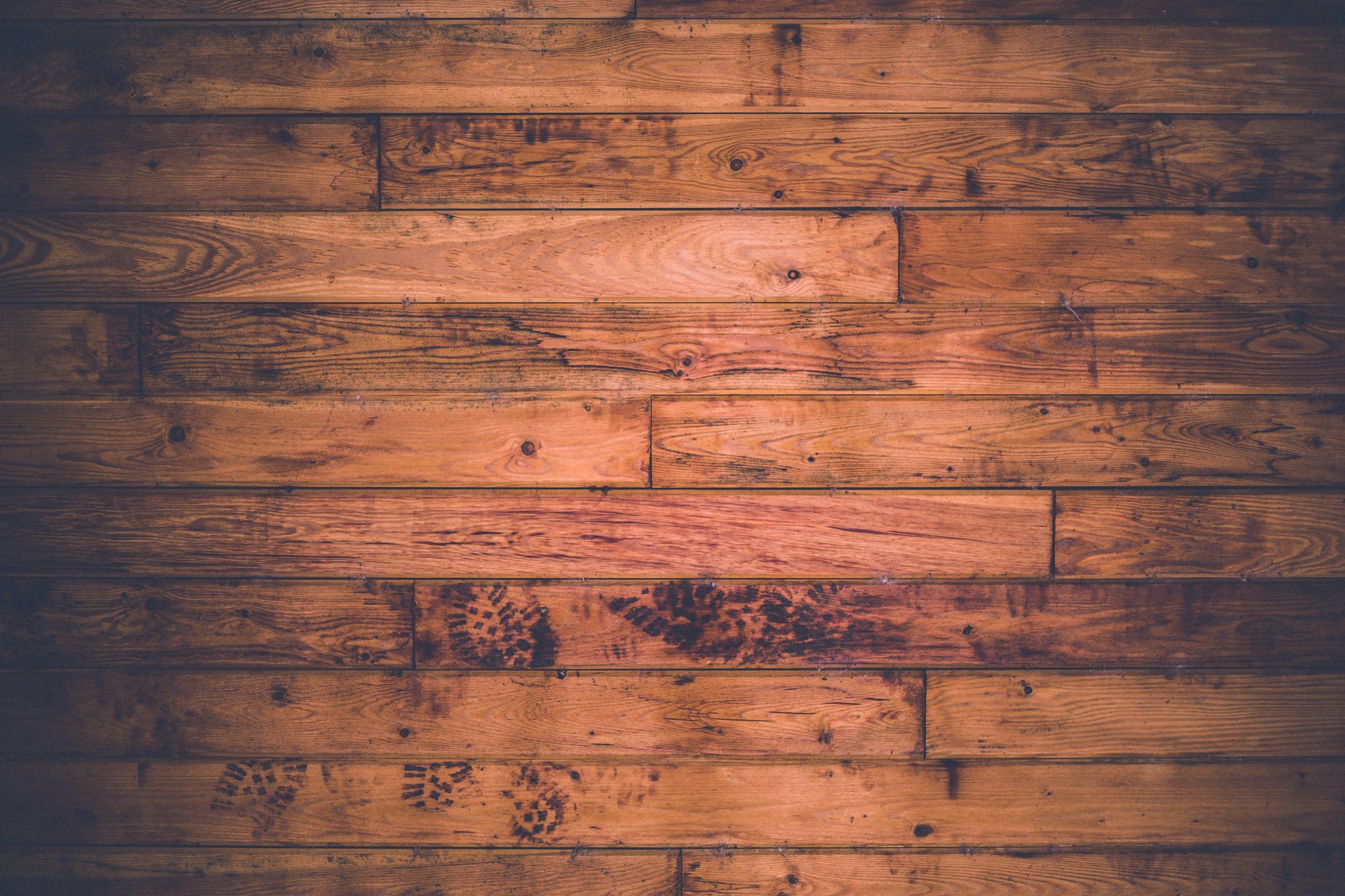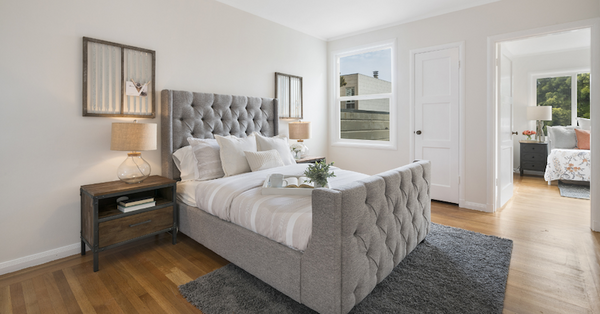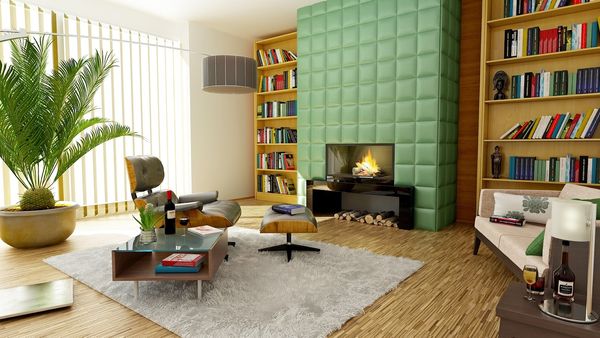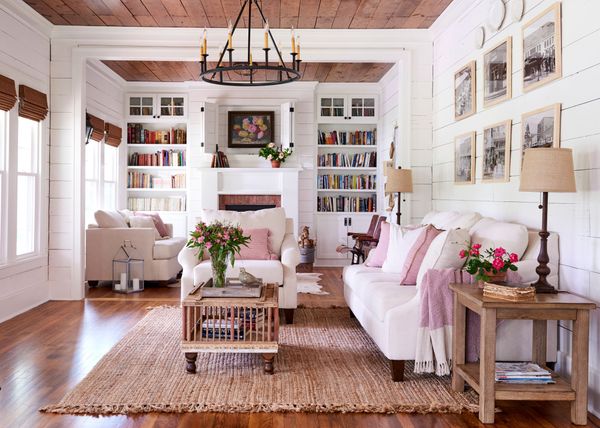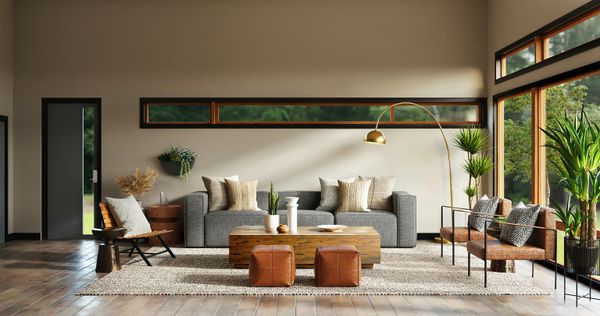In the past decade, a burgeoning trend has taken the world of interior design by storm, combining environmental sustainability with unique aesthetic charm. The name of this game-changing trend? Reclaimed wood.
Also known as upcycled, salvaged, or recycled wood, it refers to lumber that's been given a new lease of life after serving its original purpose. Whether it's sourced from old barns, ships, wine barrels, or even factories, reclaimed wood provides a distinct character and history that is hard to replicate, creating one-of-a-kind furniture pieces and accents for modern homes.
Why Choose Reclaimed Wood?
Reclaimed wood's surge in popularity has not happened by accident. Its appeal lies in two key areas: sustainability and aesthetics.
When it comes to sustainability, using reclaimed wood is a boon for the environment. Every plank that's repurposed saves a tree from being felled for timber, thereby helping to reduce deforestation and preserve biodiversity. Furthermore, upcycling wood reduces landfill waste, as old wooden structures often end up discarded when they reach the end of their initial lifespan. Lastly, the process of reclaiming wood requires less energy compared to producing new lumber, leading to a decrease in carbon emissions.
From an aesthetic perspective, reclaimed wood boasts unique qualities that new wood simply can't match. Each piece tells a story with its distinct marks, weathered texture, and aging patina, infusing a space with rustic charm and a sense of history. Its color and grain variations are unrepeatable, offering an organic and authentic feel that many homeowners and designers seek.
Applications of Reclaimed Wood
Reclaimed wood is incredibly versatile and can be incorporated into any design scheme, from rustic and traditional to contemporary and minimalist.
In home decor, reclaimed wood can make a bold statement when used for flooring. It not only adds texture and warmth but also increases a home's value due to its uniqueness and durability. In addition, it can be utilized for wall paneling, creating an accent wall that's both eye-catching and full of character.
Reclaimed wood also shines in furniture. Tables, bookcases, and even bed frames made from reclaimed wood are not only sturdy and durable, but also impart a sense of charm that makes them stand out.
In the realm of DIY, reclaimed wood can be used to create picture frames, wine racks, coffee tables, and more. The possibilities are only limited by one’s imagination.
Sourcing Reclaimed Wood
While there are many specialized suppliers that sell reclaimed wood, remember to ensure its authenticity. Reliable vendors should provide a history of the wood, demonstrating that it's truly reclaimed and not just made to look that way. This guarantees not only the wood’s history and character but also its environmental benefits.
Care and Maintenance
Reclaimed wood is notably durable, but to ensure its longevity, regular maintenance is crucial. This might involve periodic cleaning, polishing, or even resealing, depending on the wood’s finish and its application.
Ensuring Quality
Despite reclaimed wood's inherently robust nature, it's crucial to inspect it thoroughly before use. This entails checking for signs of decay, pests, or metal pieces lodged within the wood. When buying reclaimed wood, it’s recommended to source it from reliable and trusted suppliers who have already performed these checks.
Working With Reclaimed Wood
Working with reclaimed wood might present unique challenges, compared to virgin wood. It may be harder, denser, and more likely to contain irregularities. While this might require extra effort in terms of cutting and shaping, the end results are invariably worth it.
Skilled craftsmen relish the opportunity to work with reclaimed wood, appreciating the rich history and texture that it brings to their creations. Despite its potential quirks, it is suitable for a broad array of woodworking projects, from cabinetry and furniture to flooring and paneling.
Environmental Impact
By opting for reclaimed wood, consumers contribute significantly to the conservation of forests. It's estimated that for every square foot of reclaimed wood used, a square foot of today's forest is saved. Besides, the use of reclaimed wood also helps mitigate climate change by reducing the carbon emissions associated with processing new lumber.
The Financial Aspect
Reclaimed wood can sometimes be more expensive than new wood due to the labor-intensive process of sourcing, cleaning, and preparing it for reuse. However, this additional cost often translates into added value for homeowners. Furniture and accents made from reclaimed wood are seen as unique pieces, often commanding higher prices. Additionally, reclaimed wood flooring can increase a home's resale value.
The Future of Reclaimed Wood
With the green movement gaining momentum worldwide, the trend of reclaimed wood shows no signs of slowing down. As consumers continue to prioritize sustainability and uniqueness in their design choices, the demand for reclaimed wood is set to soar. As a result, we can expect to see even more innovative and creative applications of this versatile material in the years to come.
Conclusion
The allure of reclaimed lumber, with its rich history and undeniable character, is an irresistible choice for homeowners and interior designers alike. From reclaimed wood paneling that breathes life into dull walls, to the charm of antique barn wood adding a touch of history to your home, every wood species brings a unique narrative to your space. By choosing to buy reclaimed wood, you are investing not only in a building material but also in a piece of the past.
As you make the decision to purchase reclaimed wood, remember the value lies beyond just the surface. An antique wood piece can be old growth wood from our precious forests, repurposed to serve you for years to come. Whether it's elmwood reclaimed timber, reclaimed flooring, or a rare find like a Douglas fir, each of these wood products has a story to tell, ready to be woven into the tapestry of your home.
So, embark on your journey to find reclaimed wood that speaks to you, and remember, you're not just choosing a material; you're embracing a more sustainable lifestyle. By opting for reclaimed materials, we give new life to old wood, preserving the essence of old growth trees, and promoting a greener future. Let the timeless appeal and unique character of reclaimed wood transform your living spaces into an enduring testament to sustainability and style.

